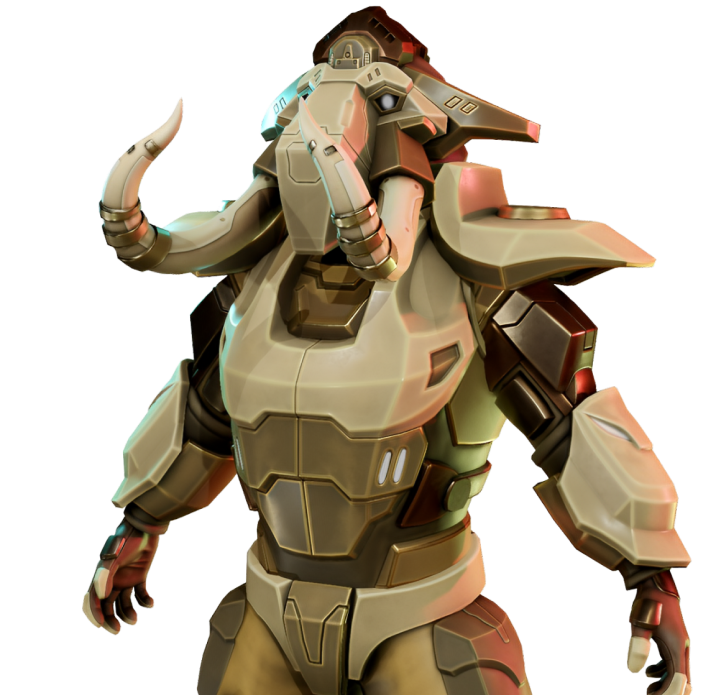In the fast-paced world of game development, rapid game prototyping has become essential for studios looking to test ideas, iterate on mechanics, and bring projects to life faster. However, speeding up development often raises concerns about maintaining quality and polish.
By leveraging agile workflows, efficient tools, and smart design choices, developers can accelerate prototyping while ensuring that their game concept remains engaging, functional, and scalable. In this article, we’ll explore how to speed up game prototyping without sacrificing quality, covering best practices, tools, and real-world examples.
1. What is Rapid Game Prototyping?
Rapid game prototyping is the process of quickly creating playable versions of game ideas to test mechanics, visuals, and interactions before full production.
Why Is Prototyping Important?
- Validates ideas early – Helps identify what works and what doesn’t.
- Saves time & resources – Avoids wasted effort on poor mechanics.
- Speeds up iteration – Enables quick refinements based on feedback.
- Improves team collaboration – Aligns designers, artists, and developers.
2. Key Steps in Rapid Game Prototyping
A. Define Core Gameplay Mechanics
Start with a clear vision of the gameplay loop before creating assets.
- What is the core player action? (Jumping, shooting, solving puzzles)
- What makes this game fun and engaging?
- What problem is the game solving?
B. Use Rapid Development Tools
Choosing the right game engine and tools speeds up development.
- Unity & Unreal Engine – Prefab assets and physics engines for fast testing.
- Godot Engine – Lightweight for 2D and indie projects.
- GameMaker Studio – Drag-and-drop logic for quick gameplay mechanics.
C. Focus on a Minimal Viable Prototype (MVP)
Don’t aim for polished graphics or full levels—focus on the core experience.
- Placeholder assets (simple cubes instead of characters).
- Basic movement & interactions (jump, shoot, collect).
- Rough UI elements for essential gameplay functions.
D. Playtest Early & Often
- Gather internal and external feedback to refine mechanics.
- Use paper prototyping for UI/UX validation.
- Identify bugs, difficulty spikes, and usability issues.
3. Best Practices for Speeding Up Prototyping Without Losing Quality
A. Modular Development & Reusable Assets
- Use pre-made assets (Unity Asset Store, Unreal Marketplace).
- Create reusable scripts & mechanics to avoid repetition.
- Utilize procedural generation for rapid content creation.
B. Agile Development & Iteration Loops
- Break tasks into sprints (2-4 weeks).
- Run weekly playtests to refine mechanics.
- Adjust features based on rapid iterations.
C. Keep Code & Design Simple
- Avoid over-engineering—use simple, functional code.
- Focus on game feel before adding polish.
- Use physics engines & pre-built systems instead of coding from scratch.
D. Automate Testing & Debugging
Use game testing tools to speed up bug detection:
- Unity Test Runner – Automates unit testing.
- Crashlytics & LogRocket – Identifies crashes in real-time.
- AI-driven debugging tools – Detects memory leaks & performance bottlenecks.
4. The Best Tools for Rapid Game Prototyping
Game Engines for Fast Prototyping
- Unity – Great for 2D/3D prototyping with fast asset integration.
- Unreal Engine – Blueprint system speeds up mechanics testing.
- Godot – Lightweight and fast for indie projects.
No-Code & Low-Code Game Prototyping
- GDevelop – Drag-and-drop game creation.
- Buildbox – Simple game logic without coding.
- Scratch – Basic prototyping for beginners.
UI/UX & Wireframing Tools
- Figma & Adobe XD – Prototype game interfaces.
- Balsamiq – Quick UI mockups.
- Trello/JIRA – Manage development sprints.
5. Case Studies: Successful Rapid Prototyping in Games
A. Hades (Supergiant Games)
- Developed in early access to iterate based on community feedback.
- Started with rough prototypes before adding final animations.
- Used modular design for fast weapon and skill testing.
B. Dead Cells (Motion Twin)
- Used procedural generation to quickly create test levels.
- Developed a small prototype first, then expanded mechanics.
- Constant playtesting ensured smooth combat.
C. Valheim (Iron Gate Studio)
- Focused on gameplay mechanics first, then graphics.
- Early access feedback helped shape world-building.
- Used low-poly visuals to speed up development.
6. The Future of Rapid Game Prototyping
- AI-Generated Game Prototypes – AI tools will create basic game blueprints automatically.
- Cloud-Based Game Development – Real-time collaboration for faster prototyping.
- VR/AR Prototyping – Augmented reality design tools for immersive testing.
Conclusion: Speed & Quality Can Coexist in Game Prototyping
Rapid game prototyping allows developers to test ideas quickly, improve mechanics, and optimize production pipelines without losing quality. By focusing on:
- Core mechanics over visuals
- Agile iteration & playtesting
- Modular assets & automation tools
Studios can develop innovative, polished games while maintaining speed and efficiency.





Leave a comment